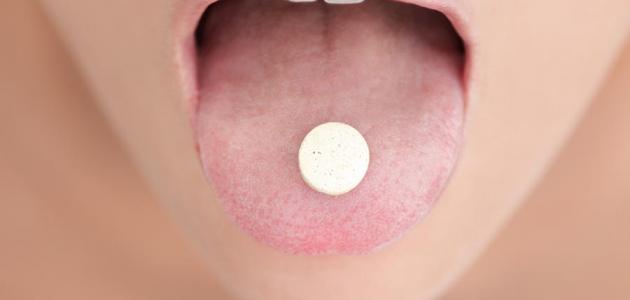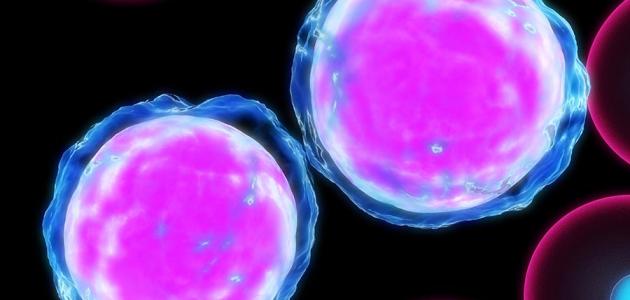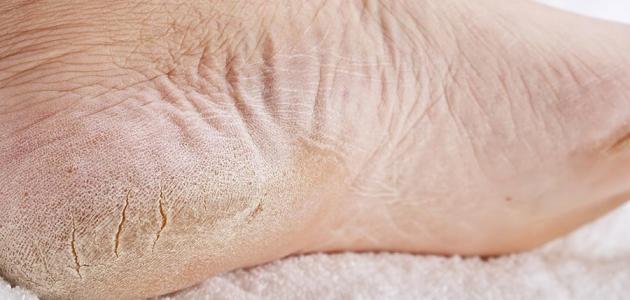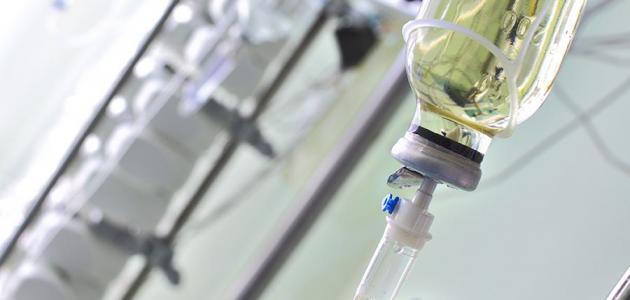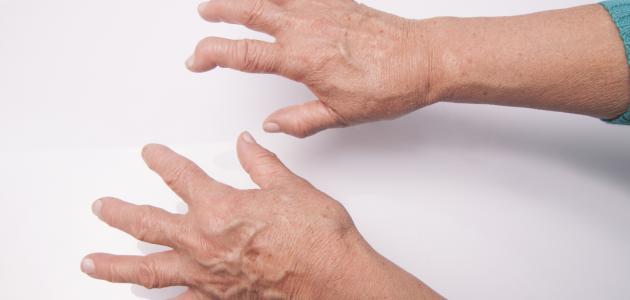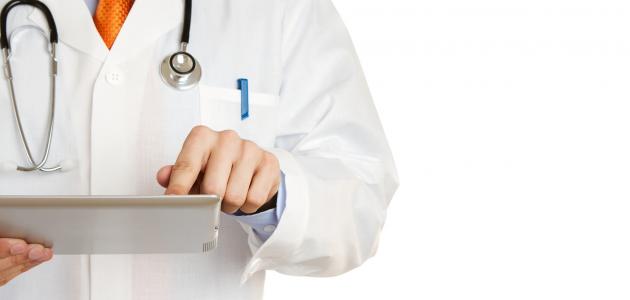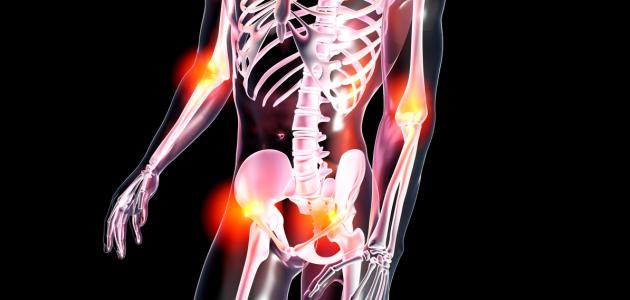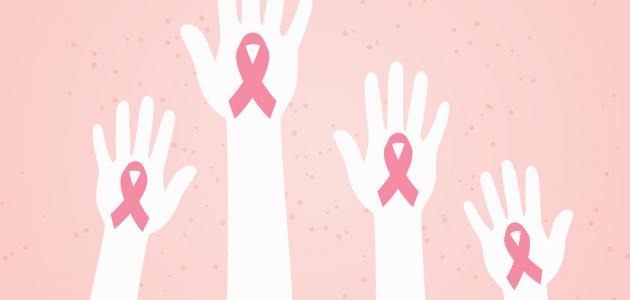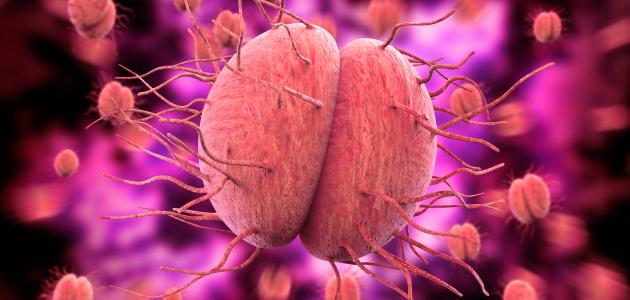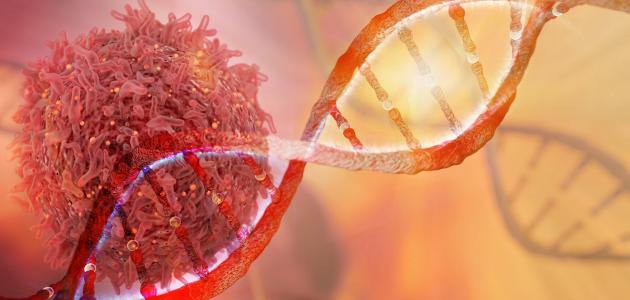Contents
Kawasaki disease
Kawasaki disease known as syndrome lymph node skin mucous is the most common cause of heart disease in children, and is the disease occurrence of inflammation in the arteries, veins , and capillaries, and in most cases , recovering children during a few Days of treatment without any serious problems, and in cases where the patient is left untreated, Kawasaki infection may cause heart disease, and it is worth noting that the disease affects males in higher rates than females, and children of Asian or Pacific origins at higher rates Other than others, scientists believe that the disease appears as a result of a combination of genetic and environmental factors, but they were not able to determine the exact cause of this disease. [1]
Kawasaki disease spread
Japan is the most common country in the world with Kawasaki disease. In a recent study conducted between 2007-2008 in Japan, the average annual incidence of this disease was about 216.9 cases per 100,000 children under the age of five, while Korea ranked second in terms of the incidence of this disease. In a study conducted between 2006-2008, the average annual incidence of this disease was about 113.1 out of every 100,000 children under the age of five as well, and it is worth noting that the cases of Kawasaki diseaseIn Korea, it has increased significantly since the year 2000, and the cause of the increase in the number of cases of the disease in Japan and Korea is still unknown, and in fact Taiwan ranks third. In the period between 2003-2006, the annual incidence rate was about 69 cases per 100,000 children under the age of five. It is noted that the spread of the disease in China varies according to the province. In statistics conducted over several years in different provinces of China, it was found that the annual incidence rate in Beijing was about 49.4 per 100,000 children under the age of five, and in Shanghai Province the annual infection rate was about 46.3 per 100,000 children under the age of five, and in fact according to some statistics The annual incidence rate is less than 9 cases per 100,000 children under the age of 5 years in Thailand, Britain, Denmark, Sweden and Finland. [2]
Kawasaki disease symptoms
Kawasaki disease symptoms vary according to the stage of the disease, and the disease occurs in three stages, and the following is a statement for each of them: [3]
- The first stage: its symptoms include:
- Incidence of fever , the degree of patient temperature KAWASAKI up to 39 degrees Celsius and may last for more than three days.
- Inflammation of the conjunctiva , as the patient suffers in this case from severe redness of the eyes that is not accompanied by the presence of thick secretions.
- The appearance of a rash on the trunk and genital area.
- Redness, dryness and chapped lips.
- Infection with what is known as strawberry tongue, as the patient suffers in this case from severe swelling of the tongue.
- Redness of the skin of the palms of the hands and soles of the feet, and swelling.
- Swollen lymph nodes at many sites of the body, including the neck.
- The second stage : Its symptoms include:
- Peeling of the skin of the hands and feet, especially the tips of the fingers.
- Joint pain.
- Diarrhea and vomiting .
- stomach ache.
- The third stage: Symptoms of the disease begin to disappear slowly at this stage of the disease, with the exception of cases in which complications occur, and their disappearance may take up to eight weeks, and it is worth noting that effective treatment of Kawasaki disease reduces the incidence of complications in children; Among the cardiac complications associated with the disease are vasculitis, especially the coronary arteries that supply the heart with blood, myocarditis, and heart valve problems , and coronary arteritis may cause aneurysm (aneurysm) and thus Weakness and swelling of the artery walls; This in itself increases the risk of blood clots, heart attacks , and life-threatening internal bleeding .
Kawasaki disease treatment
The goals of the initial treatment for Kawasaki disease include controlling the fever, relieving inflammation, and preventing damage to the heart . In fact, treatment for Kawasaki disease should begin as soon as possible after the appearance of signs and symptoms to avoid any complications. Among the treatment methods are the following: [4]
- Glupulin Gamma: represents Glupulin Gamma one immune proteins that are given intravenously to reduce the risk of coronary artery problems, and should be noted to the importance of the postponement of taking the vaccine , chicken pox or measles for 11 months at least after giving Glupulin gamma due to the effect of these immune proteins In the effectiveness of vaccines.
- Aspirin medicine: Aspirin is given to treat arthritis, reduce pain, in addition to lowering the body temperature, and aspirin treatment must be continued for a period of at least six weeks in cases of Kawasaki disease in order to avoid the occurrence of blood clots in the blood vessels.
- Treatments for heart problems: A group of drugs are prescribed for children with Coronary artery aneurysm, and these drugs include the following:
- Anticoagulant drugs: Anticoagulant drugs help prevent clots from forming, and examples of these drugs are clopidogrel , warfarin , and heparin .
- Coronary artery angioplasty, through this procedure, narrowed arteries that impede blood flow to the heart are opened.
- Placement of a stent: A stent is placed in the blocked artery to help open it and reduce the possibility of it becoming blocked again. The placement of a stent may be accompanied by an angioplasty procedure.
- Coronary artery bypass graft surgery : Through this operation, blood is directed around the narrowed coronary artery in order to improve blood flow to the heart.
References
- ↑ "What is Kawasaki Disease?" , www.healthline.com , Retrieved 3-5-2018. Edited.
- ↑ “Epidemiology of Kawasaki Disease in Asia, Europe, and the United States” , www.ncbi.nlm.nih.gov , Retrieved 3-5-2018. Edited.
- ↑ "Kawasaki disease" , www.mayoclinic.org , Retrieved 3-5-2018. Edited.
- ↑ "Kawasaki disease" , www.mayoclinic.org , Retrieved 3-5-2018. Edited.
